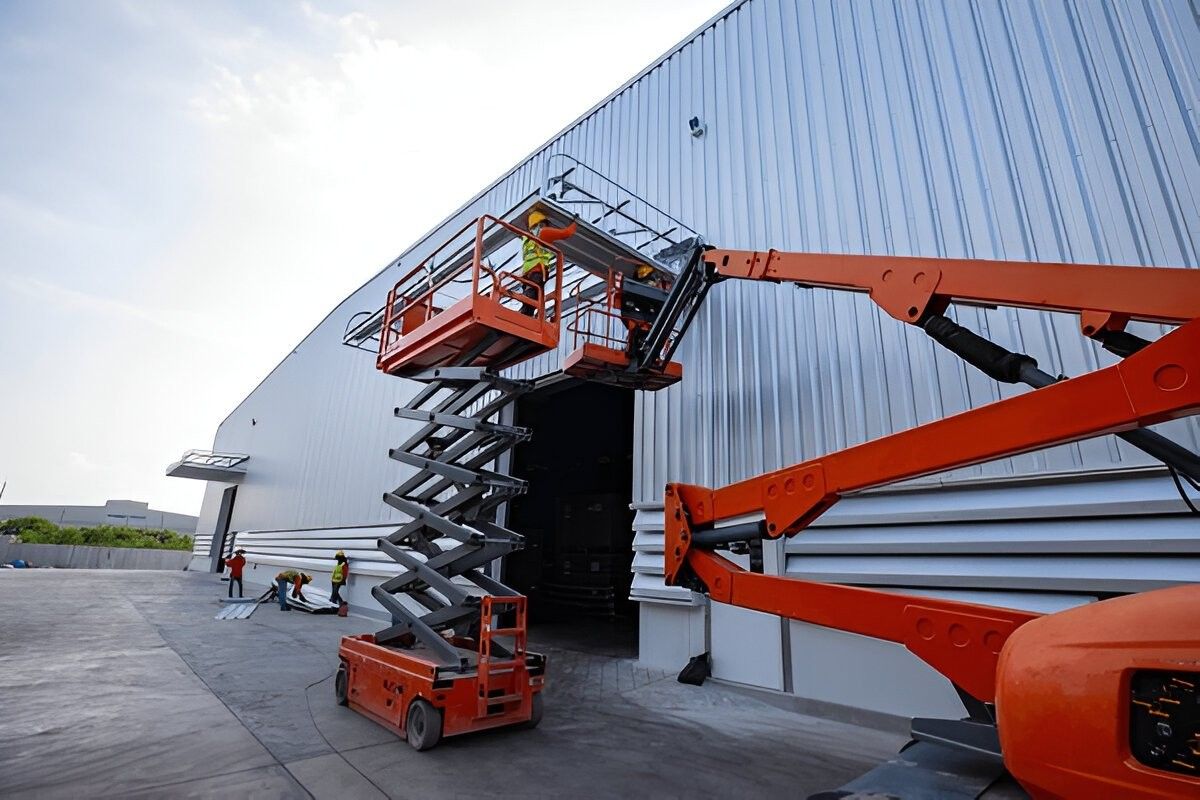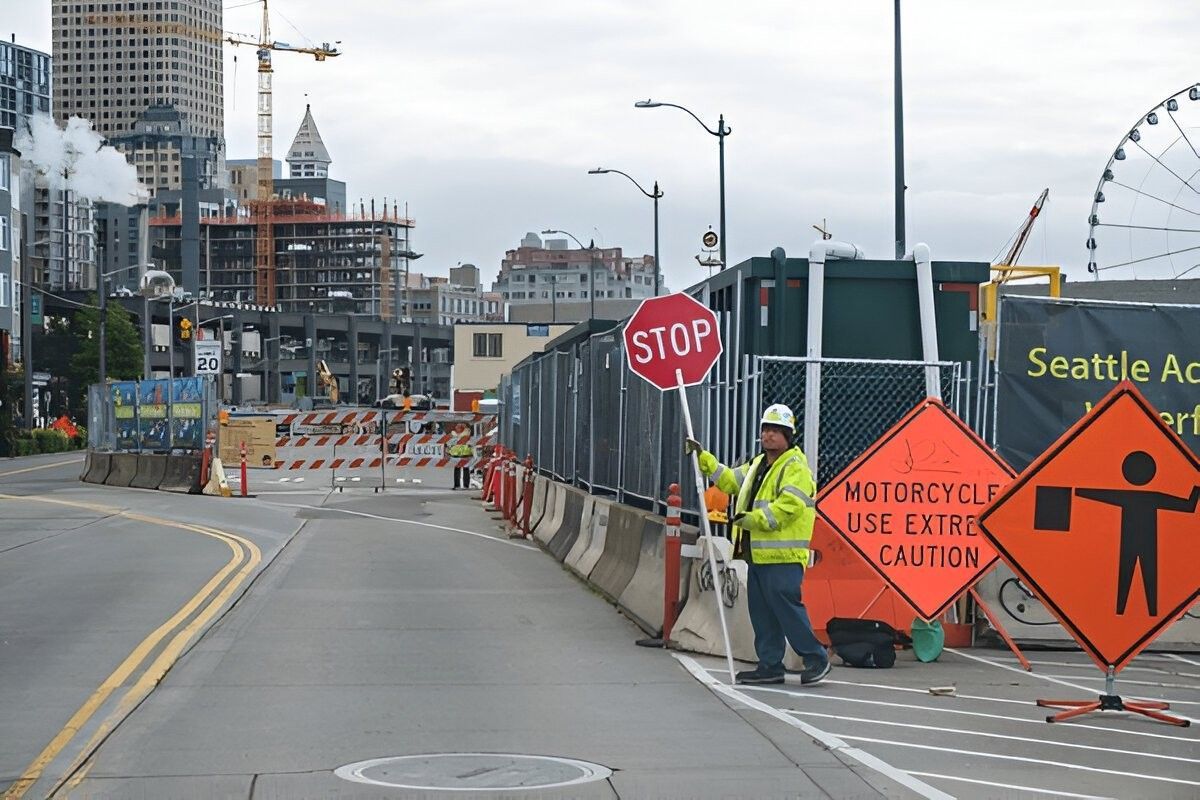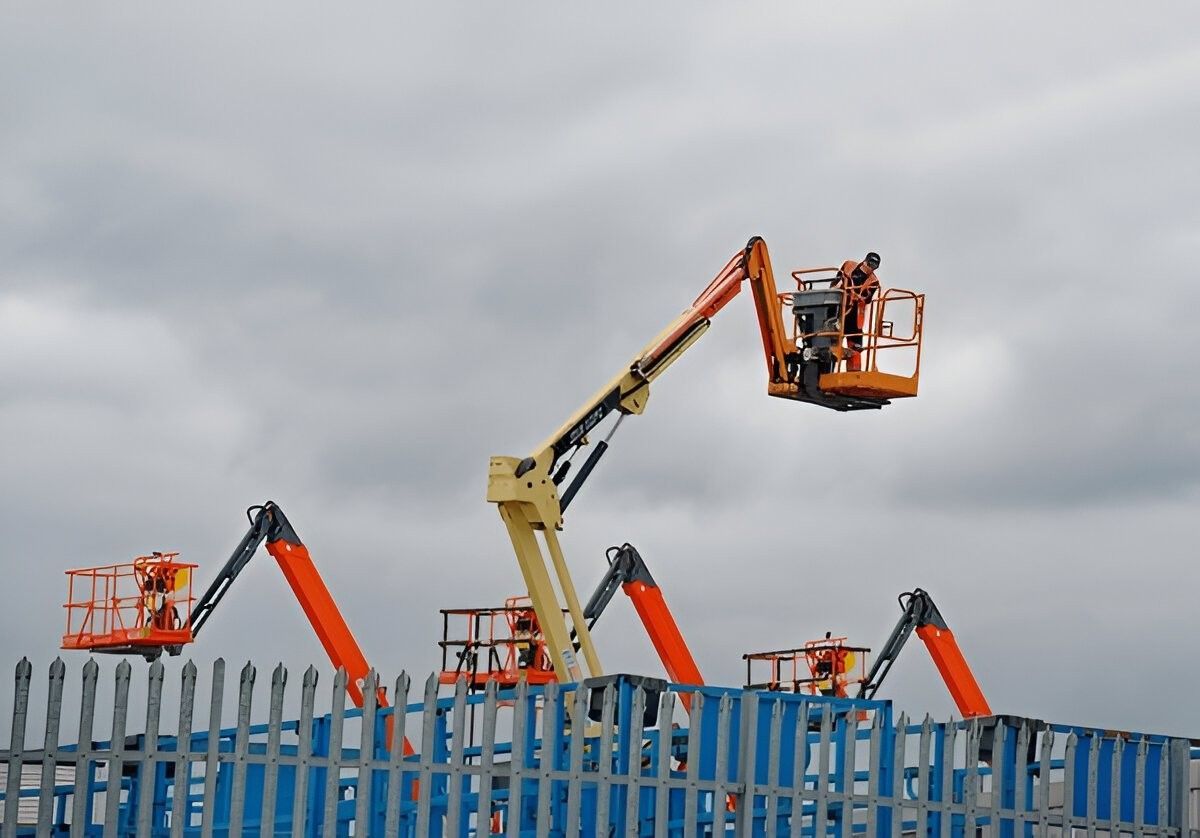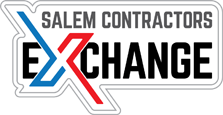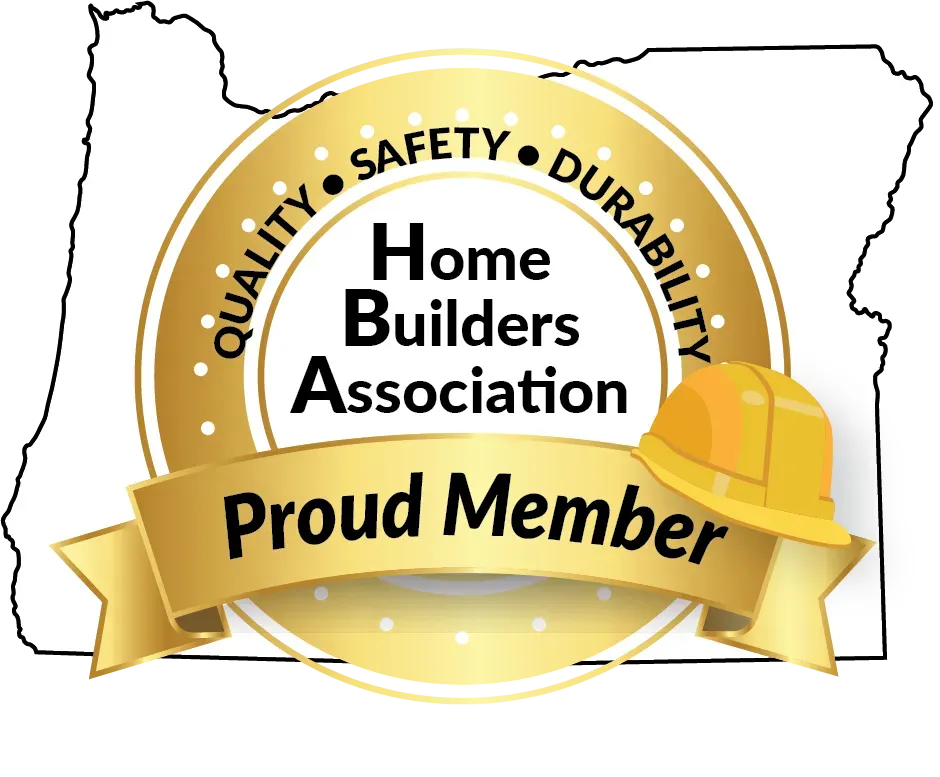“Top 10 OSHA Violations and How to Avoid Them”
Here’s a breakdown of the top OSHA violations for 2024, why they occur, and practical steps to prevent them:
1. Fall Protection (General Requirements) Violations: 6,307
- Why it Happens: Lack of guardrails, harnesses, or personal fall arrest systems (PFAS) in elevated work areas.
How to Avoid:
- Conduct regular fall hazard assessments.
- Install proper guardrails or safety nets in elevated areas.
- Provide and enforce the use of PFAS.
- Train employees on identifying fall hazards and using equipment correctly.
2. Hazard Communication, Violations: 2,888
- Why it Happens: Failure to label hazardous substances, train employees, or provide safety data sheets (SDS).
How to Avoid:
- Maintain updated hazard communication programs.
- Ensure all containers are properly labeled with hazard information.
- Train employees on SDS usage and handling hazardous substances safely.
3. Ladder Safety Violations: 2,573
- Why it Happens: Use of damaged ladders, overloading, or incorrect ladder usage.
How to Avoid:
- Inspect ladders before use for defects.
- Ensure ladders are rated for the load and task.
- Train employees on ladder safety, including proper positioning and securing.
4. Respiratory Protection Violations: 2,470
- Why it Happens: Lack of proper respirators or failure to fit-test employees.
How to Avoid:
- Implement a respiratory protection program.
- Provide respirators appropriate for specific hazards.
- Conduct annual fit testing, and annual respirator training and train employees on proper respirator use.
5. Lockout/Tagout (LOTO) Violations: 2,443
- Why it Happens: Failure to properly de-energize equipment or use lockout/tagout devices.
How to Avoid:
- Develop written LOTO procedures for all equipment.
- Train authorized employees on LOTO practices.
- Conduct periodic inspections of LOTO implementation.
- Need help ask KARM Safety Solutions.
6. Powered Industrial Trucks Violations: 2,248
- Why it Happens: Improper operation, lack of maintenance, or inadequate operator training.
How to Avoid:
- Train operators and certify their competency, OSHA requires retraining every 3 years.
- Conduct daily inspections of forklifts and other powered trucks.
- Enforce speed limits and safe operation practices in work areas.
7. Fall Protection (Training Requirements) Violations: 2,050
- Why it Happens: Inadequate or no training on fall hazards and protective equipment.
How to Avoid:
- Conduct comprehensive fall protection training programs.
- Use visual aids and hands-on demonstrations during training.
- Refresh training periodically to reinforce safe practices.
8. Scaffolding Violations: 1,873
- Why it Happens: Improper assembly, lack of guardrails, or overloading scaffolds.
How to Avoid:
- Ensure scaffolds are assembled and inspected by a qualified person.
- Install guardrails and toe boards on elevated platforms.
- Train workers on scaffold safety and load limits.
- Ensure a competent person inspects the scaffold before employees are allowed to work on it.
9. Personal Protective Equipment (Eye and Face Protection) Violations: 1,814
- Why it Happens: Failure to provide or enforce the use of protective gear in hazardous environments.
How to Avoid:
- Provide proper PPE, such as safety goggles or face shields.
- Train employees on when and how to use PPE.
- Replace damaged or worn equipment immediately. See hard hat blog.
10. Machine Guarding Violations: 1,541
- Why it Happens: Missing or inadequate guards on machinery.
How to Avoid:
- Inspect all equipment for appropriate machine guards.
- Train employees on the importance of keeping guards in place.
- Repair or replace guards immediately if damaged or missing.
General Strategies to Avoid OSHA Violations
- Training and Awareness:
- Provide regular, job-specific training to employees.
- Update training materials to include new hazards or equipment.
2. Routine Inspections:
- Conduct regular safety audits to identify and address hazards.
- Encourage employees to report safety concerns.
3. Documentation:
- Maintain up-to-date safety records, including training logs and inspections.
- Keep copies of safety policies and procedures accessible.
4. Compliance Tools:
- Use OSHA checklists to verify compliance with standards.
- Invest in technology, such as safety management software, to track and improve safety practices.
By addressing these violations proactively, workplaces can create safer environments, avoid fines, and maintain compliance with OSHA standards.
KARM Safety Solutions is here to help with All your Safety Needs.
